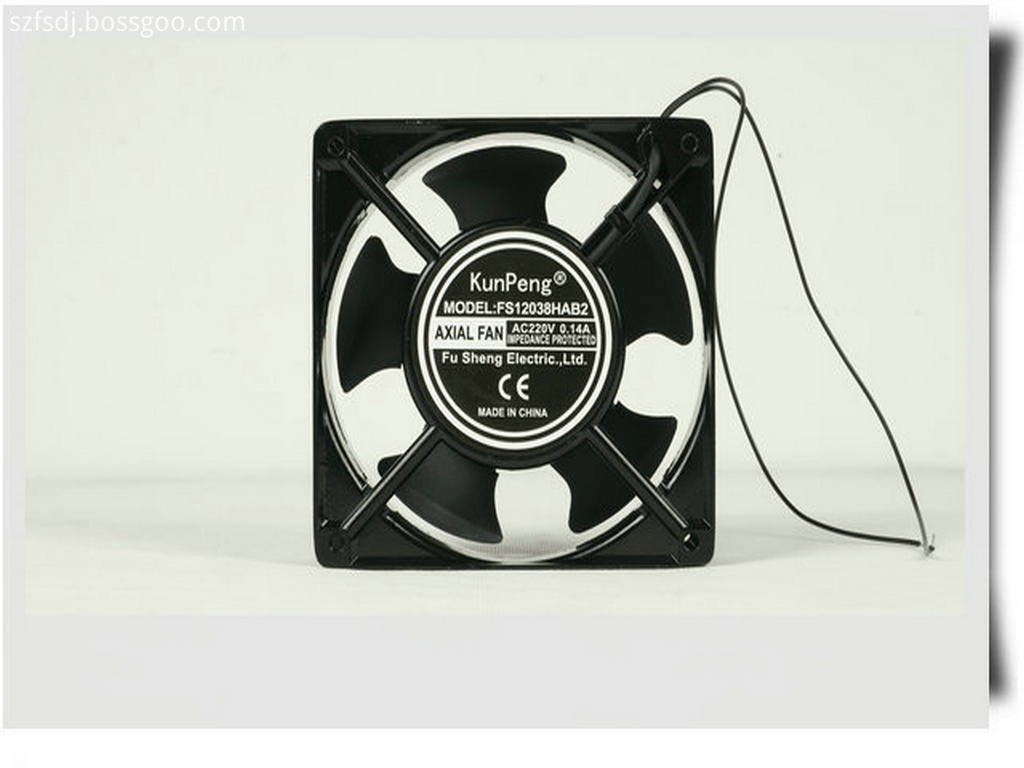Robot adjusts solar panel orientation to increase power generation efficiency
Using robots to individually adjust the orientation of the solar panels to increase power generation efficiency, this unique megawatt solar power system has been launched in the United States (two locations in California and one in Arizona).
This solar tracking system was developed by QBotix, a US-based venture company founded in 2010. The robot advances along the track and adjusts the axes of the brackets horizontally and vertically so that the panels are always facing the sun (Figure 1, Figure 2). The robot rotates around the track every 40 minutes to adjust the orientation of all panels. A system can manage 200 racks. Each bracket can be set up 5 to 6 panels.

Figure 1: QBotix's demonstration site is located in Menlo Park, California

Fig. 2: Robots that adjust the QBotix panels automatically patrol and adjust the orientation of the panels
Equipped with GPS, grasp the position of the sun
The robot is equipped with a Global Positioning System (GPS) to calculate the direction of the sun based on time and location, regardless of the weather, to change the orientation of the panel. However, it is possible to direct the robot through the Internet and adjust the panel to the horizontal direction during the typhoon so as to reduce the resistance of the wind. The panel will be tilted significantly in the snow to prevent snow. In order to improve reliability, two robots are set up in a system to inspect and adjust the panels in turn.
The robot is not only responsible for adjusting the orientation of the panels, but also for collecting information on the amount of power generated by each panel and the wind power on the panels. The robot wirelessly accesses the Internet and saves the data to the cloud server. Because robots replace people for inspections, maintenance costs can be reduced.
In addition, it can be known that the battery board has failed due to the power generation amount data, and therefore it has the advantage of being able to find the fault in time and minimize the loss.
The price of the panel is reduced and the setup cost is also reduced
Not only is maintenance cost reduced, QBotix has also been improved to reduce setup costs. Since the robot's walking rails and battery brackets are standardized, anyone can simply set them up in a short time as long as they are assembled according to the instructions.
In recent years, the price of the panel has dropped sharply, and there is no longer a big gap with the panel price. The key to setting up a megawatt solar power generation system is how to reduce installation costs and maintenance costs. QBotix takes this seriously when developing systems.
Comparing QBotix's system with other methods will reveal the QBotix system's cost advantage (Table 1). Taking a megawatt-class solar power generation system with a power generation capacity of 10MW as an example, QBotix's system costs less than US$6 per 1MWh of power generation compared to the conventional stationary type. And it is also lower than other ways of tracking the sun.
The reason for the low cost of the QBotix system is the amount of power generated. Even though the panels have the same power generation capacity, the amount of power generation is increased by tracking the sunlight. As can be seen from Table 1, its power generation increased by 37% over the fixed type. Therefore, even if the initial investment is about 10% higher, the increase in power generation can make up for this.
Japan also began to verify experiments
In fact, Japan has already started to act. In May 2013, Chiba Fine Chemical, a chemical company's JNC company, started a verification experiment using QBotix technology in Ichihara City, Chiba Prefecture.
WasiqBokhari said that the annual solar radiation data in Japan was analyzed. The results showed that "QBotix's tracking method has advantages even in Japan where Hokkaido is less light." If it can be proved that there is also a cost advantage in places where land prices are high, the QBotix system is likely to be popular in Japan.
What about AC Cooling Fan?lLet's talk about it.
AC, referred to as AC. also known as " alternating current", referred to as "exchange." Generally refers to the size and direction of the cyclical changes over time voltage or current. Its most basic form is a sinusoidal current.Hippolyte Pixii created the first AC motor based on the principle of Michael Faraday by Michael Faraday in 1832
Frame:Aluminum Alloy
Impeller:PBT+30%GF
Lead Wire:AWG#22 UL 1007 (Optional)
Motor:Shaded Pole Induction Motor
Insulation:CLASS B


It can be used for ventilating or enhancing the heat dissipation in metallurgy, chemical industry, light industry, foodstuff, medical equipment, machinery equipment and civil buildings, etc. If the case is removed, it can also be used as a free fan, The pipes are installed in series in order to increase the pressure in the pipes.
cooling fan features:
Small cooling fans: low power consumption, fast cooling, low noise, energy saving and environmental protection. Because of its small size and more extensive use.
Large-scale cooling fan has a simple structure, solid and reliable, low noise, air volume, wide selection of features and so on.
Ac Cooling Fan,Ac Axial Cooling Fan,Mini Ac Ac Cooling Fan,Computer Accessories Ac Cooling Fan
Shenzhen Fu Sheng Electric Co., LTD. , http://www.fushengfan.com